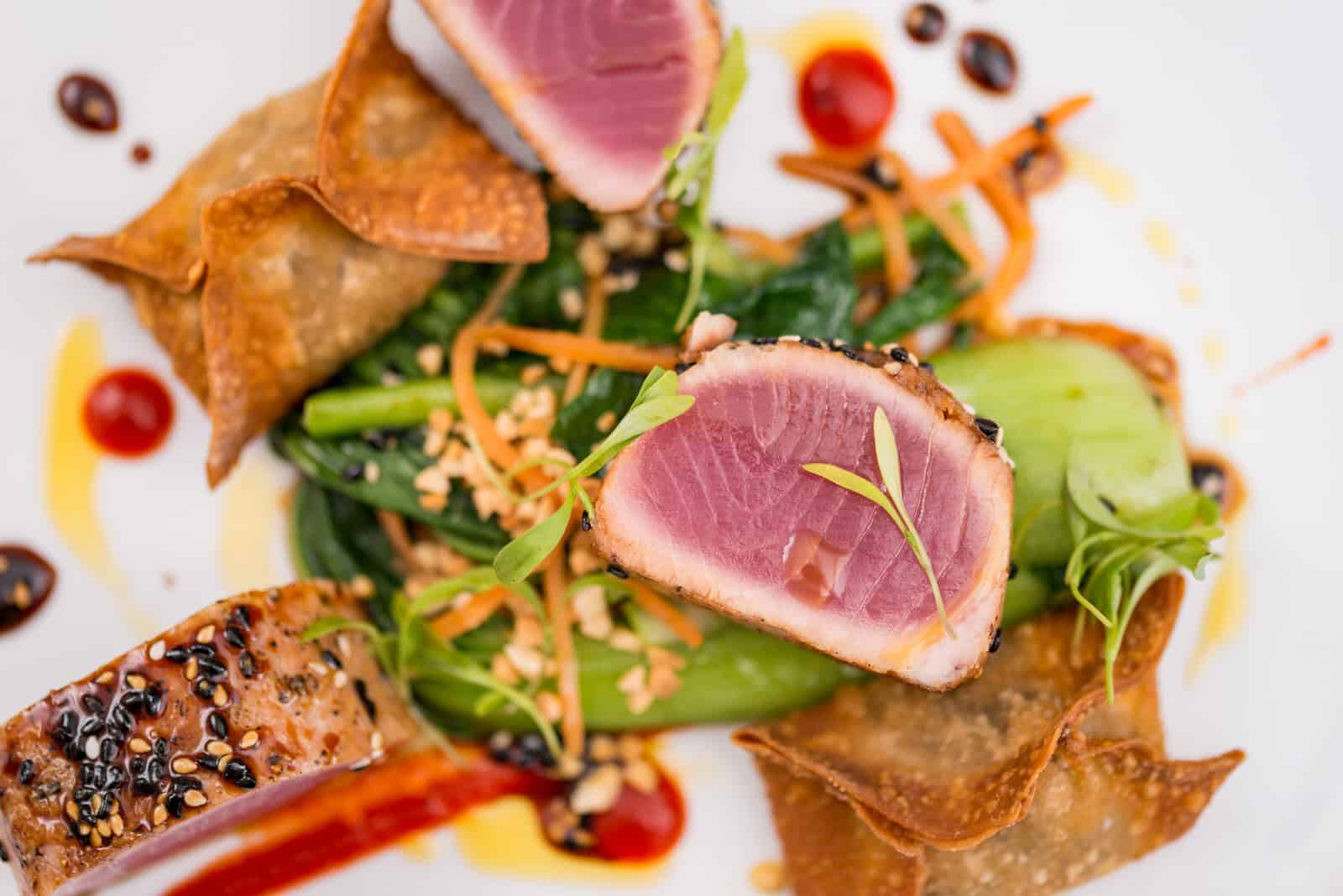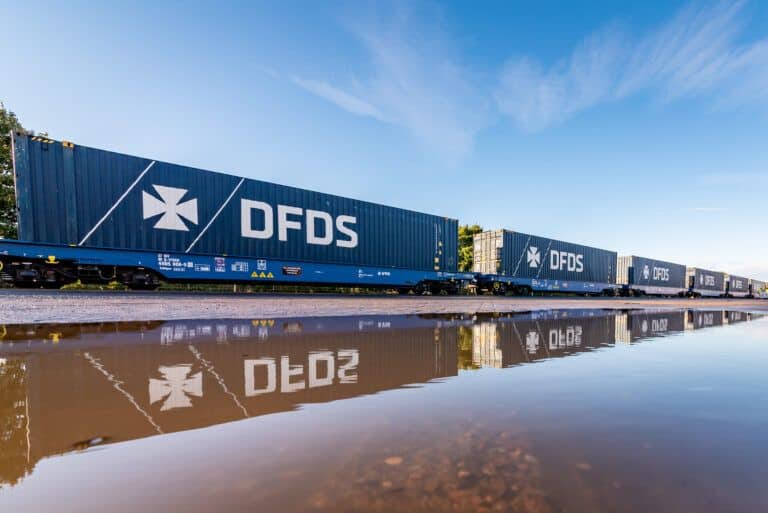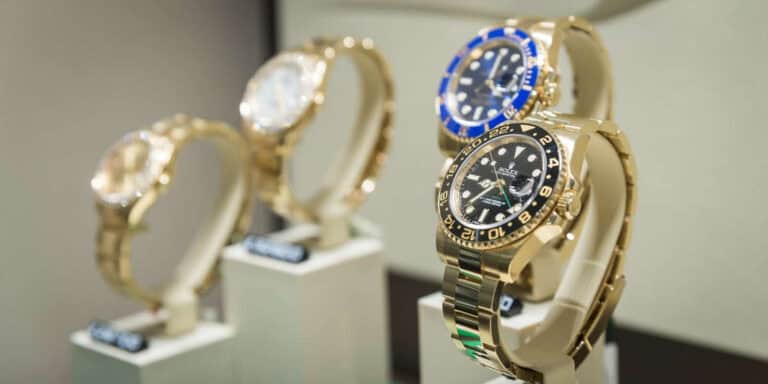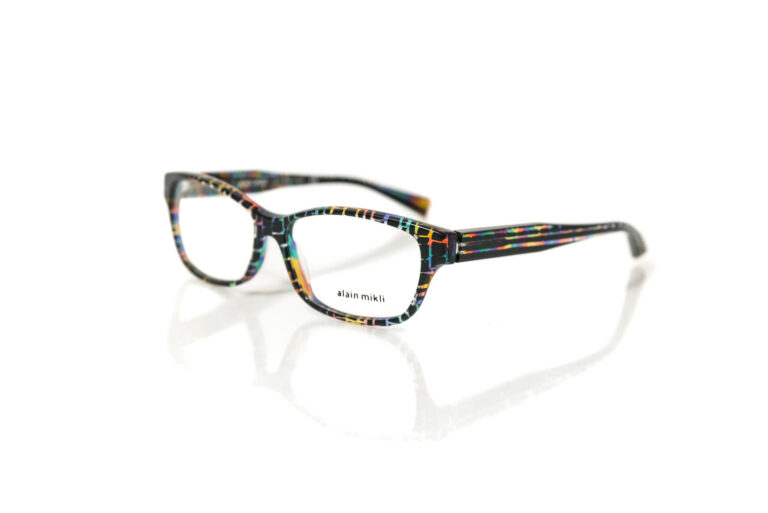What Does It Take To Be A Food Photographer?
There are many things to consider when starting a career as a food photographer. These include education, experience, and a portfolio. To help you along the way, here is a comprehensive guide that outlines the key elements you need to be successful. Once you have these elements in place, you can start searching for a job. Ultimately, you should have fun, but remember that food photography is not for everyone!
Experience
A food photographer has to have a lot of experience. You might be a novice and recently became a food photographer, but this is no reason to let that stop you. A professional photographer should have experience in this field. In addition, you should be flexible and do your own research to make sure that the photographer you hire is experienced. Experience is a great asset in this field. Here are some tips to help you become a successful food photographer:
Be prepared to work with a team. Food photographers aren’t lone wolves, and the higher-end jobs tend to require more teamwork. A food photographer needs to be flexible and build a creative team as they work with producers, marketing managers, and even investors. Also, be prepared that the creative direction may not be to your tastes and may be based on the client’s preferences. If this is the case, you may not enjoy the job.
Education
To become a successful food photographer, you can consider pursuing higher education. This way, you’ll be able to learn more about the business side of your chosen industry. If you plan to work independently, you should gain confidence in and knowledge of the food photography industry. In addition, you should take computer science classes to learn more about the various software that is available to manipulate images. Finally, you should practice taking photographs, so that you can improve your skills and learn the ins and outs of your camera.
Portfolio
A food photographer’s portfolio can be the most impressive part of their resume. A great food photographer’s portfolio is full of vibrant colours and captions. There are some food photographers whose portfolio is full of colourful dishes, but few of them showcase their work in this way. Some of these photographers work for big-name clients such as McDonald’s, Dominos and Dunkin’ Donuts.
A food photographer’s portfolio is like his or her voice. It can speak for or against a food photographer. There are several factors that go into making a good portfolio. Those who have a good portfolio will be noticed and hired by the right people. So, here are some tips for building a food photography portfolio. The first thing to do is gather as much information as possible and organize your shots neatly. It’s best to include at least one full plate of photos.
Job prospects
The skills you’ll need to become a food photographer depend on your experience and education. While you may not need a formal education, a bachelor’s degree is often required. However, proven experience in photography can be useful. In addition, aspiring food photographers may want to pursue an apprenticeship or work as an assistant in the field before getting a formal education. These can be great ways to gain experience and build a portfolio.
One of the most important aspects of a successful career in food photography is building contacts. Since many photographers work in a team, they have to work with other people and companies. A bachelor’s degree in photography will help improve your job prospects, as it will give you a comprehensive understanding of all the equipment, processes, and techniques used to create high-quality images. Food photographers can also benefit from taking cooking classes, or take business and marketing classes if they plan to work as freelancers.
Practice
One of the best ways to become a better food photographer is to practice as much as possible. Practice by trying different locations and foods. Experiment with different camera settings and try to capture the same type of shot from different angles. Try adding props to give your shots a different feel. Practice by experimenting with your food photography, and you’ll be amazed at how much better you’ll become. It’s never too late to start.
As with any craft, you have to develop both sides of your talent. Even the best food photographers spend some time outside of their jobs on personal projects. These projects are a great way to refresh your photography skills and re-ignite your passion for photography. It’s also a good way to keep yourself grounded and on track as you learn and perfect your craft. Try different angles and styles of photography until you find the right combination of technique and composition.






